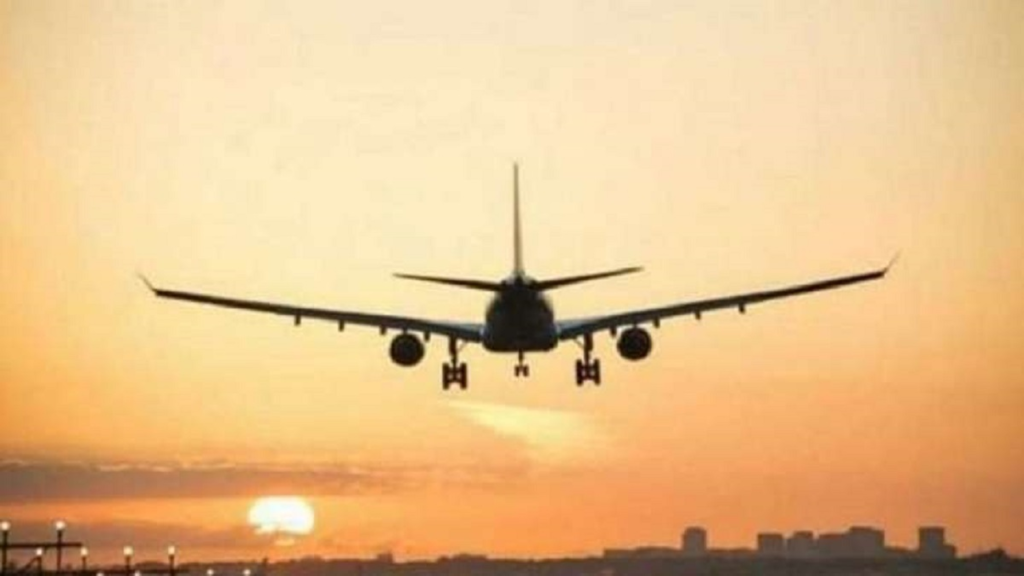As slots and routes on the international front continue to open up, the growth in traffic volume is anticipated to be led by domestic traffic, according to a Crisil report. With the pandemic impact presumably behind us, it is anticipated that air traffic volume would rise to the fiscal 2020 level of about 340 million passengers in FY23.
According to a research released on Monday, air passenger traffic volume is anticipated to return to its pre-pandemic level this fiscal year, representing a strong 75% annual growth. According to a study by the domestic credit rating agency Crisil, the increase in traffic volume is likely to be driven by local traffic because slots and routes on the international front are still opening up.
Additionally, it said that airport operators anticipate this fiscal year’s traffic flow to return to pre-pandemic (fiscal 2020) levels. An rise in tariffs will help the income to recover as a result of this. It is predicted that air traffic volume would increase to the fiscal 2020 level of approximately 340 million passengers in FY23, with the pandemic impact presumably behind us.
In the first five months (through August), the volume was roughly 88% of the corresponding fiscal 2020 level, but it is anticipated to rise in the remaining months of the year because of improved business travel sentiment, pent-up demand in the international segment, and the de-bottlenecking of capacity availability on aircraft and international slots, according to the report.
This fiscal year, traffic volume is expected to rise by 75% over fiscal 2022 levels, reaching pre-pandemic levels. The report stated that revenue recovery is crucial to satisfy rising debt-servicing obligations because private airports are drawing closer to the conclusion of their expansion phase.
According to reports, air travel outside of large cities would increase at a strong compound annual growth rate of roughly 12% between fiscal 2015 and 2020, helped by government initiatives like RCS and UDAN1 and the focus on infrastructure development.
Following that, the pandemic struck, and the volume of air travel drastically decreased in fiscal 2021. Crisil claims that the fiscal year 2022 only saw a minor recovery (at 55% of the traffic in the fiscal year 2020). This is due to the numerous viral waves and the restrictions on people’s freedom of movement. According to the report, macroeconomic ambiguity and geopolitical developments continue to have an impact on forecasts for the recovery of airline traffic and revenue projections.

